Astronomers have been eager for the landmark telescope to study the TRAPPIST-1 system.
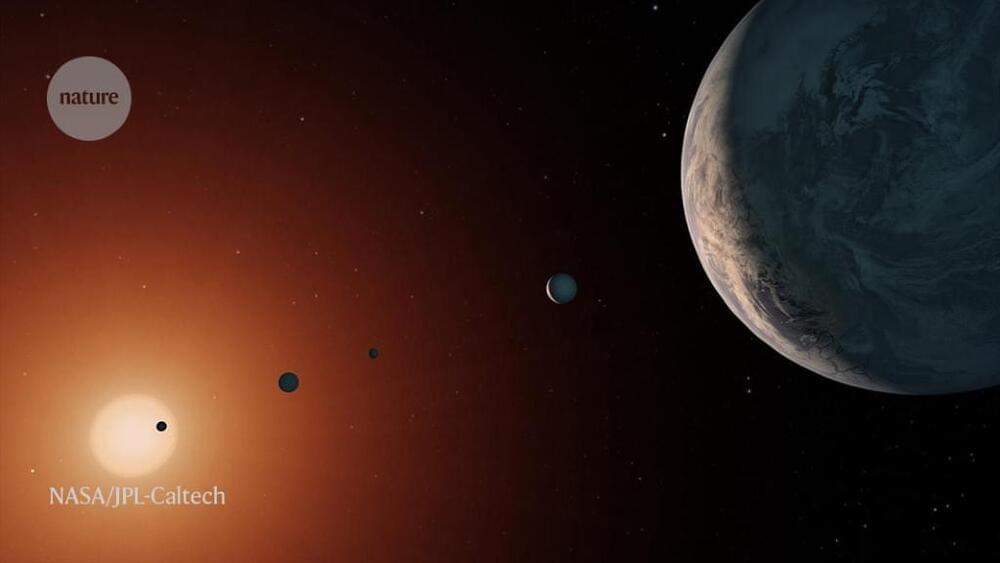


Since as far back as Ancient Greece, humans have been fascinated by the solar system. However, Japanese researchers have now collected asteroid data that provides insights into the development of the solar system that earlier scientists such as Ptolemy, Galileo, and Copernicus could only have dreamed of.
Asteroid explorer Hayabusa2, launched in 2014, set out for Ryugu, a carbon-rich C-type asteroid. In 2018, it arrived in the area of Ryugu, conducting a number of remote observations and collecting samples from two locations on the asteroid. Before the launch of Hayabusa2, a research team at Osaka University had been developing a non-destructive method of light element analysis utilizing muons to analyze Ryugu.
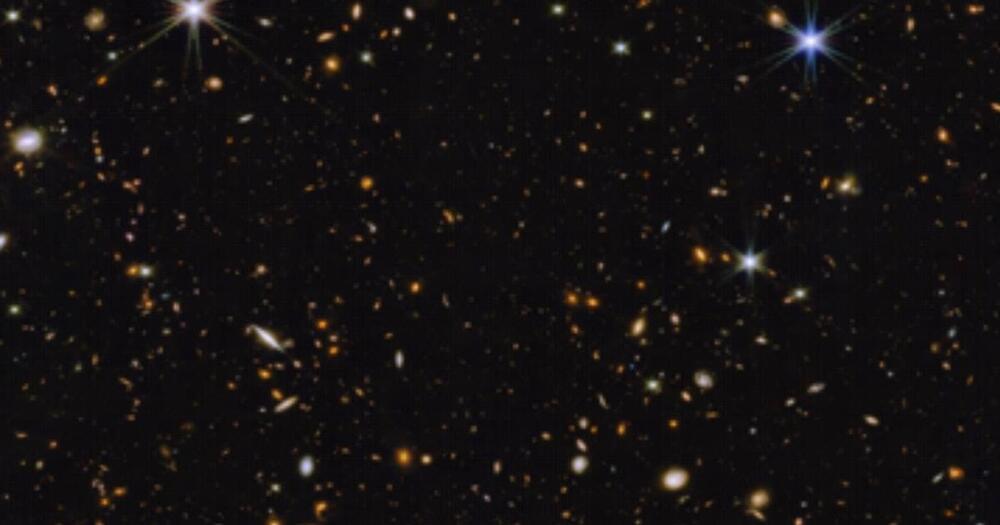
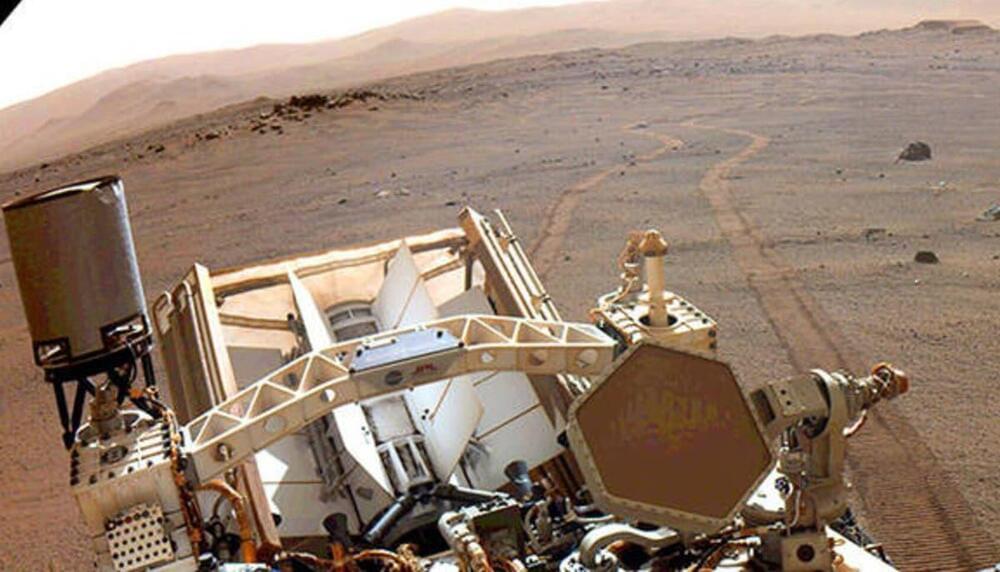
In June 2022, Amazon re: MARS, the company’s in-person event that explores advancements and practical applications within machine learning, automation, robotics, and space (MARS), took place in Las Vegas. The event brought together thought leaders and technical experts building the future of artificial intelligence and machine learning, and included keynote talks, innovation spotlights, and a series of breakout-session talks.
Now, in our re: MARS revisited series, Amazon Science is taking a look back at some of the keynotes, and breakout session talks from the conference. We’ve asked presenters three questions about their talks, and provide the full video of their presentation.
On June 24, Alexa AI-Natural Understanding employees Craig Saunders, director of machine learning, and Devesh Pandey, principal product manager, presented their talk, “Human-like reasoning for an AI”. Their presentation focused on how Amazon is developing human-like reasoning for Alexa, including how Alexa can automatically recover from errors such as recognizing “turn on lights” in a noisy environment (instead of “turn off lights”) when the lights are already on.
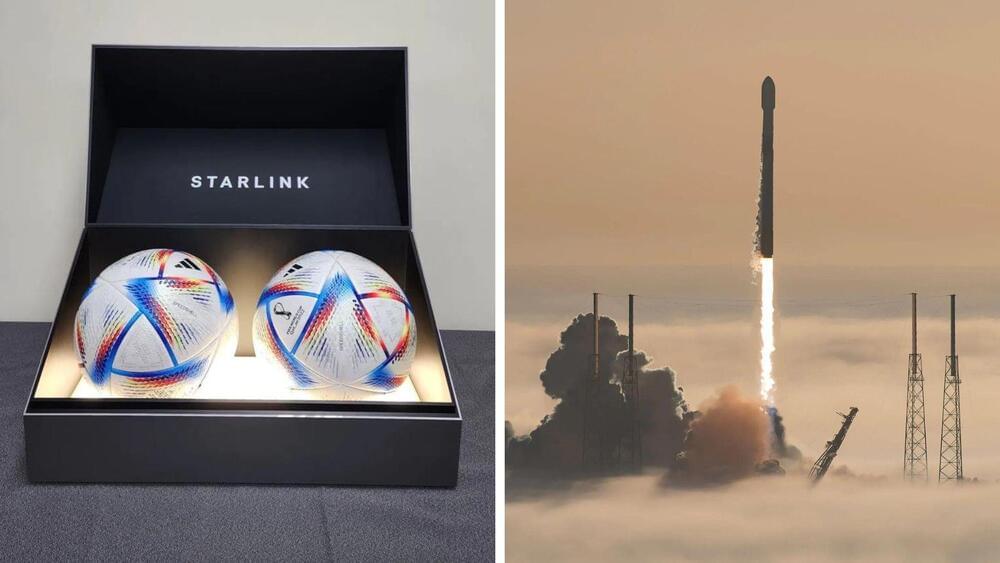
Al Rihla in Arabic means “a journey,” and perhaps this was one of the epic journeys of the technologically loaded football.
The FIFA World Cup official match ball, Al Rihla, has been launched into space and back in a football frenzy to garner attraction to the ongoing World Cup in Qatar.
From space to the football pitch. We brought the official football for FIFA World Cup Qatar, becoming part of this historical out-of-the-world journey together with.
Starlink.
Qatar Airways teamed up with SpaceX to send two FIFA World Cup official match balls all the way to space, according to a Twitter post by the state-owned flag carrier airline on Sunday.
A new study finds that Earth’s “stabilizing feedback” keeps global temperatures in check.
Researchers find Earth has a “stabilizing feedback” mechanism. The mechanism of “silicate weather” helps regulate the planet’s carbon cycle.
The planet balances out extreme climate shifts, according to the new study.
Our planet’s climate is a hot topic for discussion, and with good reason — Earth is the cradle of all our lives. What happens to it affects us and our children directly. But while we’re worried we may be changing its climate now, the history of the planet is rife with major climate cataclysms. It went through periods of boiling heat and ice ages, it was pummeled by radiation and asteroids… More.
Suffering the heat wave? Here are the top 10 hottest places on Earth right now
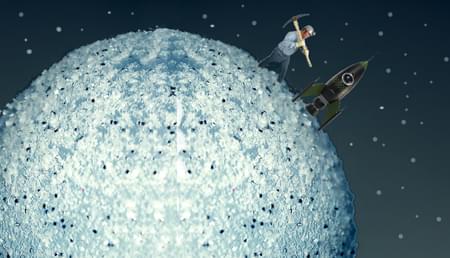
Deep in the Constellation of Centarus lies a star 50 light-years away from the Earth. This star is so…unique that astronomers nicknamed it “Lucy.” Lucy, also known as V886 Centauri and BPM 37093, is (at first glance) an ordinary white dwarf star. But it seems to hide something rather special.
As many of you may know, a white dwarf is the hot cinder left behind when a star uses up its nuclear fuel and, in essence, dies. It is made mostly of carbon and oxygen and surrounded by a thin layer of hydrogen and helium gases.
In 1992 it was discovered that Lucy pulsates as a result of its core temperature dropping below 12,000 degrees Fahrenheit (6,600 Celsius). And in 1995 scientists decided to use Lucy for an experiment. They wanted to see what she was made of. The experiment was to use the pulsation of the star to see if the crystallization theory was true.
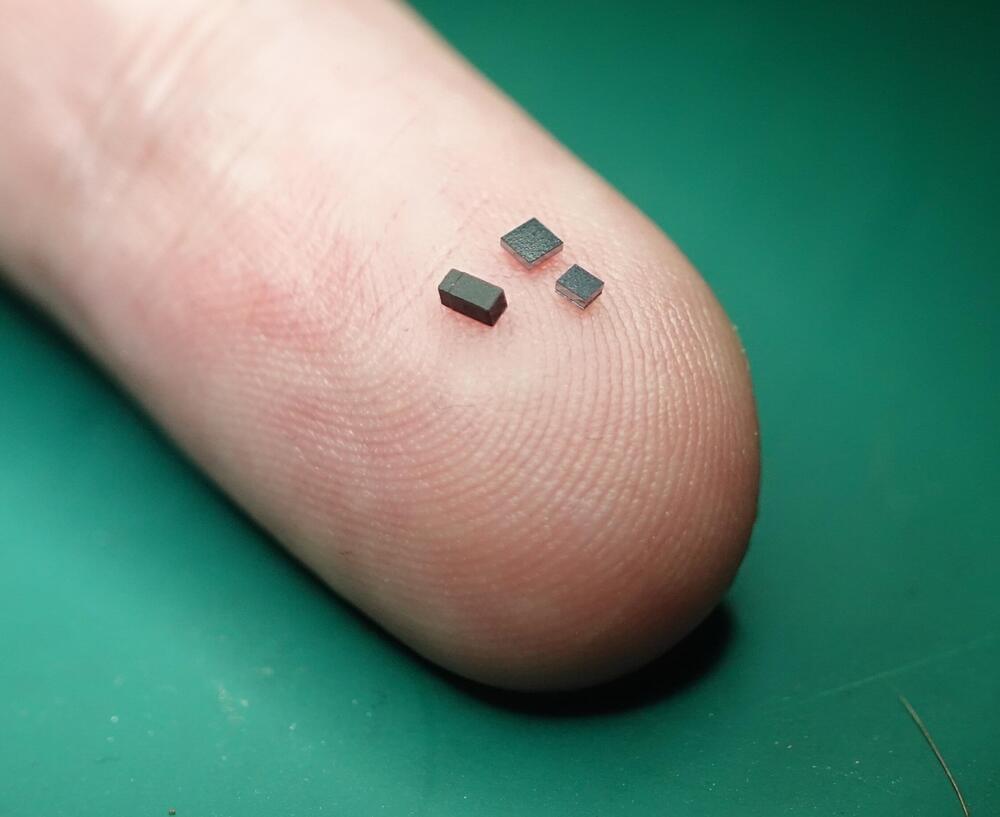
Light-weight and flying robots the size of small insects could have highly valuable real-world applications, for instance supporting search & rescue missions, inspections of hazardous sites, and even space exploration.
Despite their potential, the realization of these robots has so far proved difficult, particularly due to technical issues encountered when trying to stabilize their flight and artificially replicate the innate hovering capabilities of insects.
Researchers at University of Washington have recently developed a flight control and wind sensing system that could help to tackle this challenging robotics problem, finally enabling the stable flight of robots even as small as a gnat. This system, introduced in Science Robotics, is based on the use of accelerometers, a sensor that can measure the acceleration of any moving device, object or body.

Kindly see my latest FORBES article:
In the piece I explore some of the emerging tech that will impact our coming year. Thank you for reading and sharing!
2022 was a transformative year for technological innovation and digital transformation. The trend will continue as the pace of innovation and development of potentially disruptive emerging technologies exponentially increases every year. The question arises, what lies ahead for tech for us to learn and experience in 2023?
While there are many impactful tech topics such as the Internet of Things, 5G, Space, Genomics, Synthetic Biology, Automation, Augmented Reality, and others, there are four tech areas to keep a keen watch on this coming year as they have promising and near-term capabilities to transform lives. They include: 1) artificial intelligence, 2) computing technologies, 3) robotics, and 4) materials science.